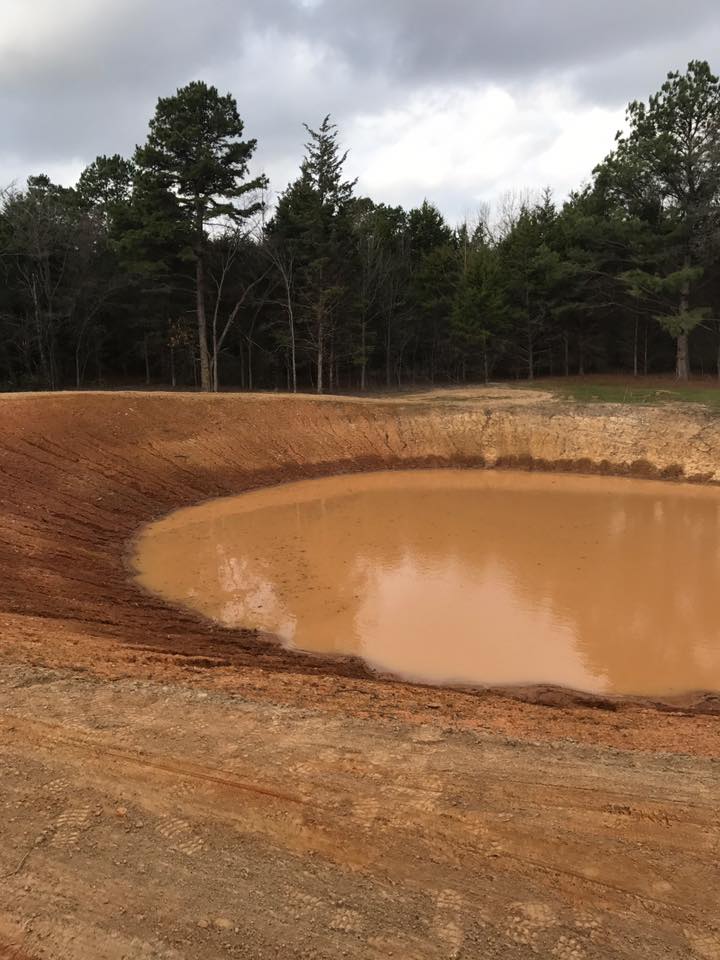Storm water runoff erodes topsoil and carries it downhill where it ends up in streams and waterways. Not only does this sediment pollute and clog waterways, but it also carries fertilizers, pesticides, and petroleum products with it. Responsible homeowners and construction businesses can help maintain healthy streams and waterways simply by reducing soil erosion.

3 top-rated methods that help to hold the soil in place:
- Bonded Fiber Matrix (BFM) hydromulching. Hydromulching is the process of applying mulch to a slope with water. When you combine this method of application with a mulch material of fiber strands that ultimately bond together, the result is a textured covering that holds the soil in place while allowing enough water to penetrate the fiber matrix for allowing grass to become established on the slope.
- Straw wattles. If you place individual straw bales along a slope to reduce erosion, the bales cannot form a unified barrier. And in high rain events, the bales will not stay in place because of the force of the rapid stream of water tumbling down the slope. But a straw wattle is a fortified option to straw bales. Wattles are continuous cylinders of compressed straw that are wrapped in netting.
- Erosion blankets. Instead of simply adding an erosion control barrier at the bottom of a slope, you can protect the entire slope by covering it with an erosion blanket. These blankets not only help newly sown seeds stay in place until they germinate and help anchor the roots of the newly forming grass, but the blankets also help stop soil from moving along the incline of slopes – instead of only stopping it at the base of the slope.
These solutions are only a few of the erosion control methods that we use Need Grass Now to help protect the environment from harmful erosion. We also offer other solutions for erosion problems, including culvert installation and rip rap protection, to customize each project. Contact us with any questions you have, and we’ll be happy to pair your project needs with our custom solutions.
